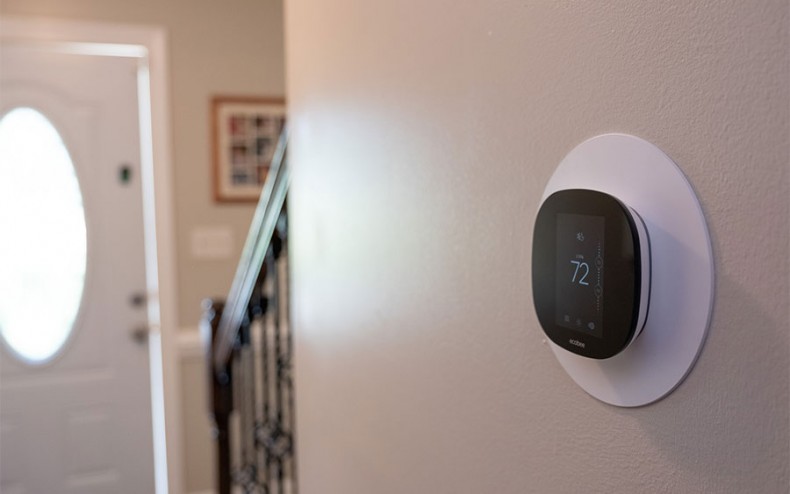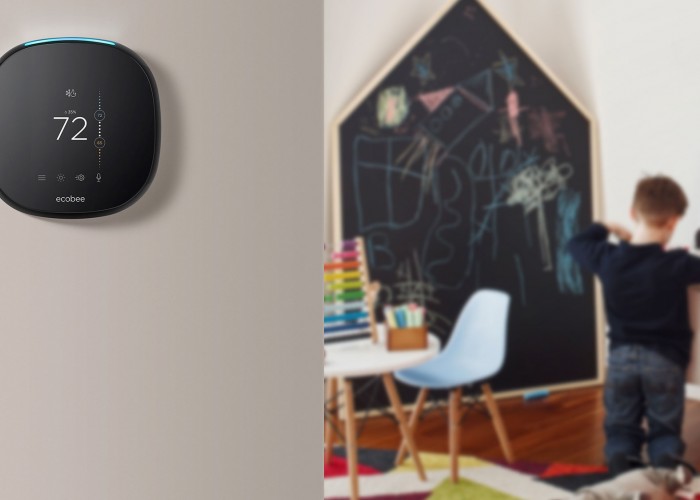Choosing a smart thermostat
When replacing your thermostat, the right choice can make all the difference
By Hannah McKenzieWith Wi-Fi connectivity, smart thermostats allow families to set temperatures, schedules, preferences and notifications using their smartphones, tablets or computers.
Q: I want to replace my old thermostat with a smart thermostat. There are several choices and they are all very expensive. Which one is the best and will save the most energy?
A: To answer in a nutshell, savings cannot be guaranteed and, like choosing an automobile, you want a smart thermostat that is the best fit for your individual needs. All smart thermostats allow for Wi-Fi connectivity, which lets families set temperatures, schedules, preferences and notifications using their smartphone, tablet or computer. For example, some thermostats can be password-protected and prevent your cold-natured daughter from turning the heat up to 80 degrees when you’re not looking. Smart thermostat prices typically range from $150 to $250 or more — though prices are expected to drop as the technology evolves.
The most well-known smart thermostats are learning thermostats like the Nest, Ecobee and Honeywell’s Lyric, which learn your schedule using motion sensors and temperature preferences to figure out the best thermostat settings to keep you comfortable and save energy. In some instances, these may take some tweaking based on a user's schedule. My 88-year-old aunt wasn’t pleased that her Nest thermostat would assume she was away from home when, in fact, she was knitting and lounging in her easy chair most days.
Research shows when energy saving settings are maintained, smart thermostats save 8–15% of HVAC electricity use.
Smart thermostats without motion sensors are offered by Honeywell, American Standard, and Trane. They look similar to standard digital thermostats — not so sexy — and, instead of learning your habits and preferences, they allow you to easily set many preferences from the thermostat touchscreen, app or website. Researching these options by reading user reviews and user manuals can help you determine what works best for your household.
When comparing thermostat models, an important factor to consider is the user interface, the appearance and functionality of the thermostat, app and website. If the interface is confusing or unreliable, you will end up with more gray hair than energy savings. Read reviews to see if people find the interface easy to control and adjust. Better yet, check out a friend’s smart thermostat, app and website to see if it’s something you would find easy and helpful.
Energy savings with a smart thermostat is directly related to how simple it is for you to control and what sort of information the thermostat gives you to help make adjustments to save more energy. Research shows when energy saving settings are maintained, smart thermostats save 8 to 15 percent of HVAC electricity use — though it varies dramatically for every household.
Smart thermostats can offer a huge benefit of being able to monitor, set and adjust temperatures while away from home or even in a different room from the thermostat. Check with your HVAC contractor or brand of equipment before purchasing a smart thermostat to ensure maximum functionality. Like automatic garage door openers, I suspect smart thermostats will soon be normal and expected in every home.
-
Get the most out of your thermostat
-
Share this story:




